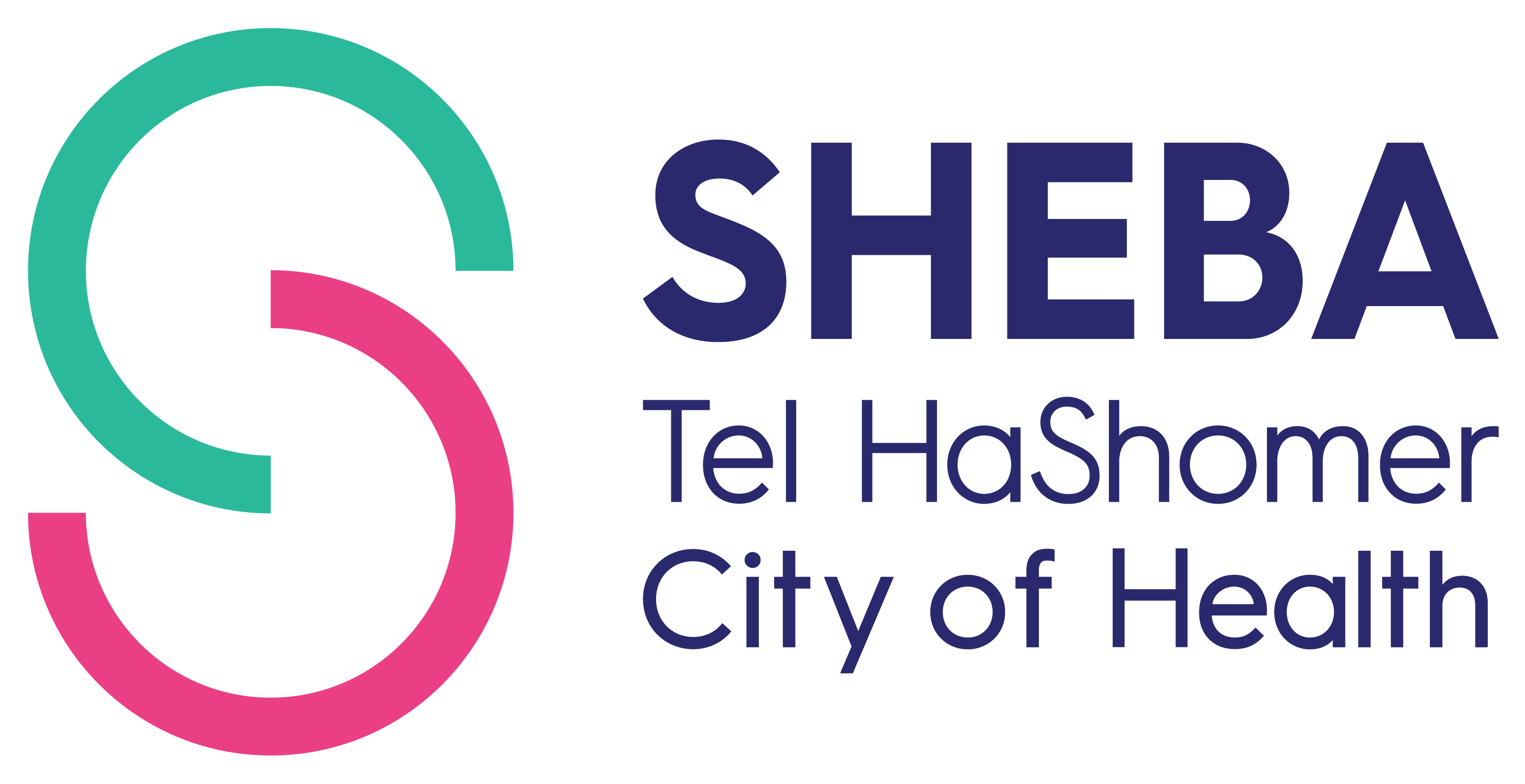Pediatric Neurological Disease Genes Discovered by Scientists at the Sheba Medical Center, Weizmann Institute and Duke University
A new Israeli-American collaborative research project has revealed two new genes that when mutated are responsible for severe pediatric neurological diseases appearing in infancy and early childhood.
The scientific paper describing this important finding was published today as the front cover page story in the prestigious journal "Neuron" of October of 2013.
The paper results from collaboration between researchers at the Sheba Medical Center (Prof. Bruria Ben-Zeev, head of Pediatric Neurology Unit, Prof. Y. Anikster, head of metabolic diseases unit in Edmond and Lily Safra Children's Hospital, and Prof. Eilon Pras, Head of the Genetics Institute); the Weizmann Institute (Prof. Doron Lancet, head of Crown Human Genome Center); and Duke University in North Carolina (Prof. David Goldstein, head of the Center for Human Genome Variation).
The overall aim of the project is to detect the genetic basis for about a hundred severe genetic disorders in the Israeli population whose underlying cause has remained unknown despite intensive efforts.
The first mutated gene causes a severe rare microcephaly (small brain), found in children of Iranian-Jewish origin followed for many years in the pediatric neurology units in the Edmond and Lily Safra Children's Hospital at the Sheba Medical Center and the Wolfson Medical Center. The disease symptoms include: small head circumference at birth followed by very slow post-natal head growth, profound mental retardation and severe epilepsy. The disease leads to severe disability through life and affects males and females equally. The newly-discovered mutation is in a gene that encodes a protein enzyme called asparagine synthetase (ASNS), responsible for the production of the amino acid aspargine. This amino acid, one of 20 building blocks of all proteins, is normally supplied by the diet but due to the genetic defect its concentration in the brain is too low, causing abnormal brain development in utero and after birth.
Notably, despite the fact that this disease is considered "metabolic", the usual netabolic tests do not detect it because the measured amino acid concentrations do not significantly deviate from normal, so the only way to detect the disease is by genetic testing. The frequency of mutation carriers among Iranian Jews is high -1:60. The finding of the responsible gene will enable carrier detection before and during pregnancy and the ability to reach a diagnosis in other patients. In addition although still in research in the mouse model a metabolic intervention is explored for cases which will be diagnosed after birth. In a second study of this collaboration, another genetic disorder has been solved, this time in children from Bukhari-Jewish origin from several families followed by the pediatric neurology unit in the Safra pediatric hospital. Children affected by this severe neurological disorder present with mental retardation, abnormal muscle tone, leading to inability to develop independent walking. They have short stature, occasional seizures and a significant breathing disorder requiring night time ventilation up to continuous ventilation. This disease is caused by a destructive mutation in a gene called TECPR2 which is involved in autophagy, a process involving the degradation of waste products in body cells, including in the brain. This process is investigated by Prof. Zvulun Elazar from the Weizmann Institute, another author of this study. There is no current knowledge regarding specific treatment of this disorder which is very unique in its clinical presentation especially regarding the breathing abnormality. The carrier rate in the Jewish Bukhari population in Israel was found to be high too and reaches up to 1:40.
The importance of this discovery is again in allowing the detection of disease carriers, which will help preventing the birth of affected children. It also forms as a basis further understanding of the cellular basis of the defect in the brain and the respiratory system. This discovery was recently published in the significant American Journal of Human Genetics.
The discovery of these two new gene variations is the product of fruitful collaboration between clinicians who clearly define the disease characteristics in the patients, geneticists which apply up-to-date technologies for detecting mutations in DNA and basic science researchers who further investigate the underlying mechanisms and function of the responsible proteins. These types of collaborations enable prevention of the appearance of severe genetic disorders in populations at risk but also lead to the understanding and development of tools to the treatment of such disorders.









